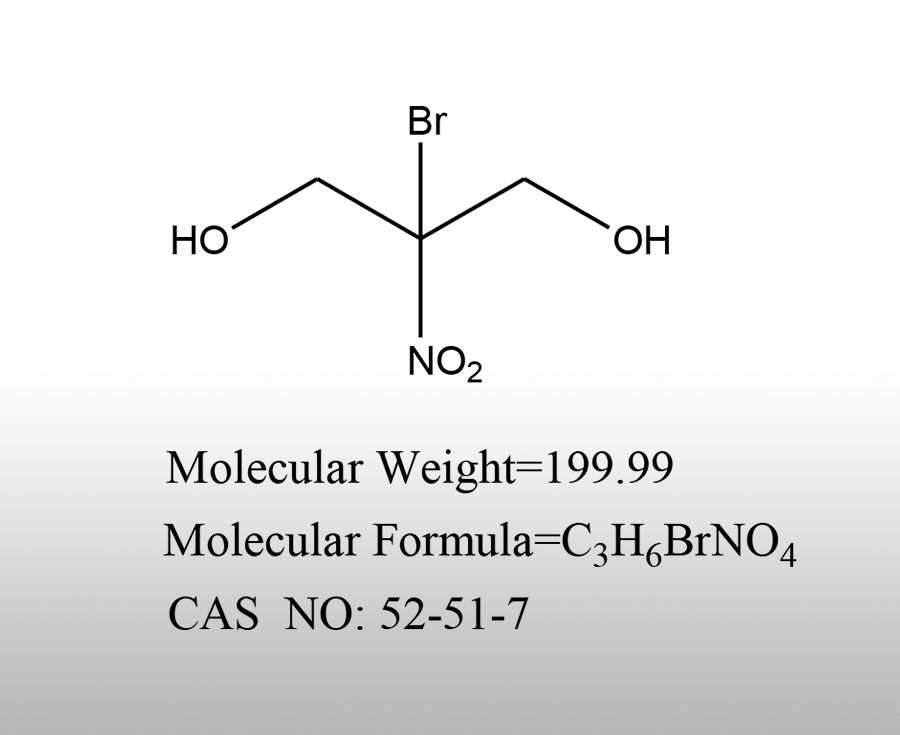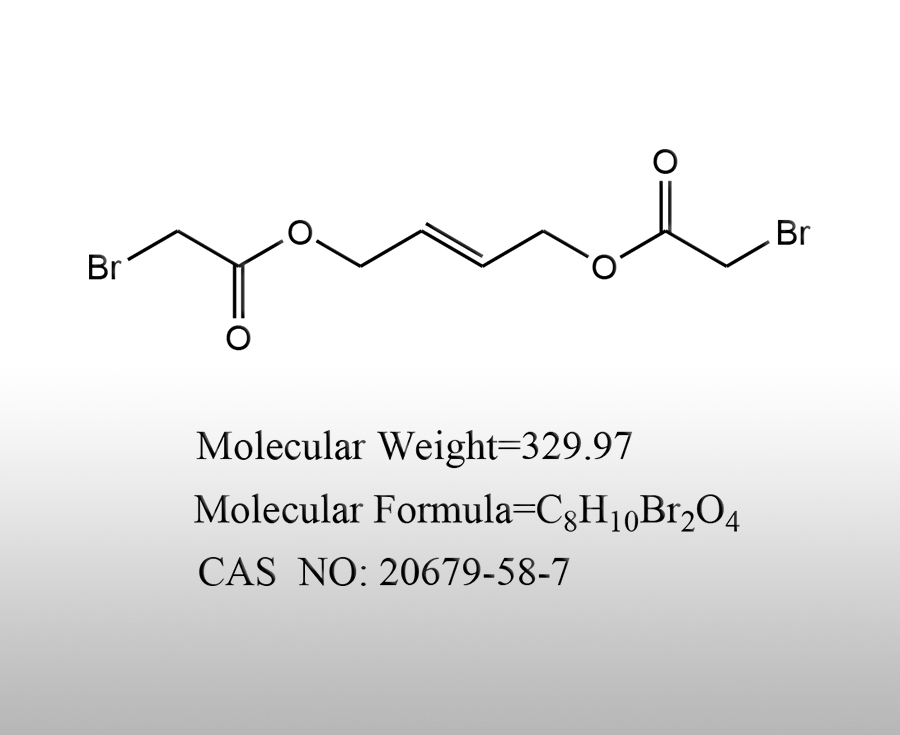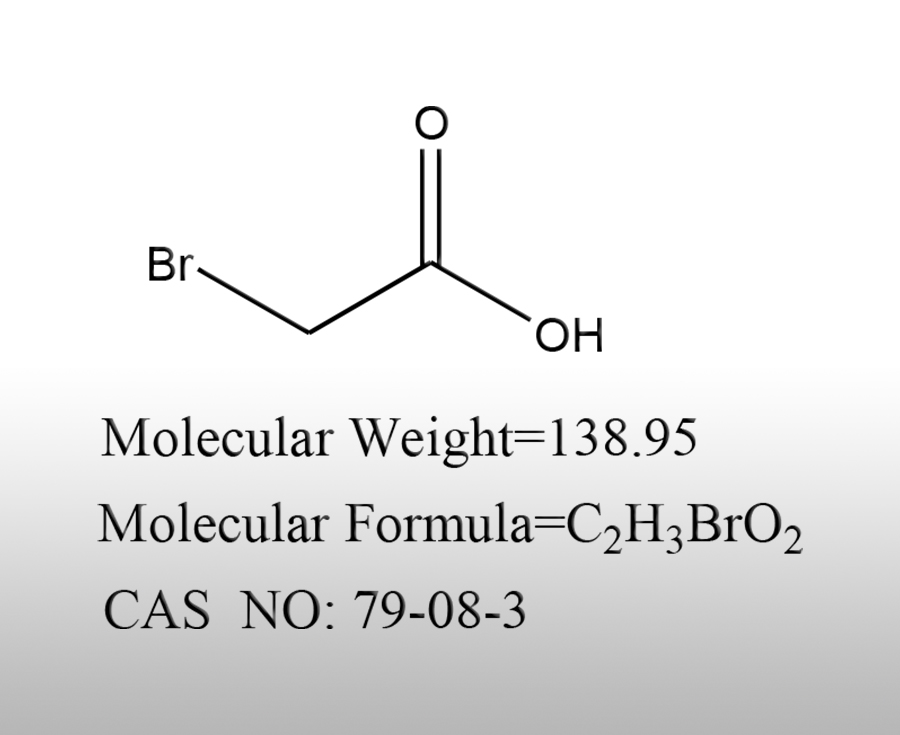News Center
Popular products
Sales Department Tel:
0512-52836238
0512-52836128
0512-52358728
Sales Department Fax
0512-52836278
Sales Department Email
xu@worldbrom.com
Purchasing Department Tel/ Fax
0512-52836228
Headquarters Address US Office
, No. 18 Haitian Road, Advanced Material Industrial Park, Changshu City, Jiangsu
Tel
+1 832-857-1028
U.S. office mailbox
Lauren@worldbrom.com
shelia@worldbrom.com
U.S. office address
Creekside Park, The Woodlands, Texas 77375, USA
corporate website
www.worldbrom.com
0512-52836238
0512-52836128
0512-52358728
Sales Department Fax
0512-52836278
Sales Department Email
xu@worldbrom.com
Purchasing Department Tel/ Fax
0512-52836228
Headquarters Address US Office
, No. 18 Haitian Road, Advanced Material Industrial Park, Changshu City, Jiangsu
Tel
+1 832-857-1028
U.S. office mailbox
Lauren@worldbrom.com
shelia@worldbrom.com
U.S. office address
Creekside Park, The Woodlands, Texas 77375, USA
corporate website
www.worldbrom.com
Procurement Hotline
0512-52836128
What is bromoacetic acid
Bromoacetic acid is an organic compound with the chemical formula C ₂ H ∝ BrO ₂. The following is an introduction to its basic information, physical and chemical properties, applications, and precautions:Sources:www.worldbrom.com | PublishDate:2025.04.01
1. Basic information
Chinese name: Bromoacetic acid
English name: Bromoacetic acid
Alias: Bromoacetic acid
2. Physical and chemical properties
Appearance and Characteristics: Colorless crystals with a pungent odor.
Melting point: 50-51 ℃
Boiling point: 208 ℃
Density: 1.93 g/cm ³
Solubility: soluble in organic solvents such as water, ethanol, ether, acetone, and benzene.
3. Purpose
Organic synthesis intermediates: Bromoacetic acid is an important intermediate in organic synthesis, which can be used to prepare various organic compounds such as amino acids, esters, amides, etc. For example, it can react with ammonia to produce glycine and with alcohol to produce the corresponding ester.
In the field of medicine: used for synthesizing some drugs, such as sedative hypnotic drug tribromoethanol.
Pesticide field: It is the raw material for synthesizing certain pesticides, such as fungicides, insecticides, etc.
In other aspects:it can also be used to manufacture dyes, fragrances, and as analytical reagents.
4. Precautions: Bromoacetic acid has strong corrosiveness and toxicity, and has a strong irritant effect on the skin, eyes, and respiratory tract. Inhalation, ingestion, or absorption through the skin may cause serious harm to the body and even endanger life. During use and storage, it is necessary to strictly follow safety operating procedures and take necessary protective measures, such as wearing protective gloves, goggles, masks, etc.
Prev:
None






